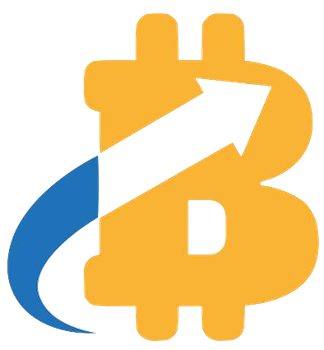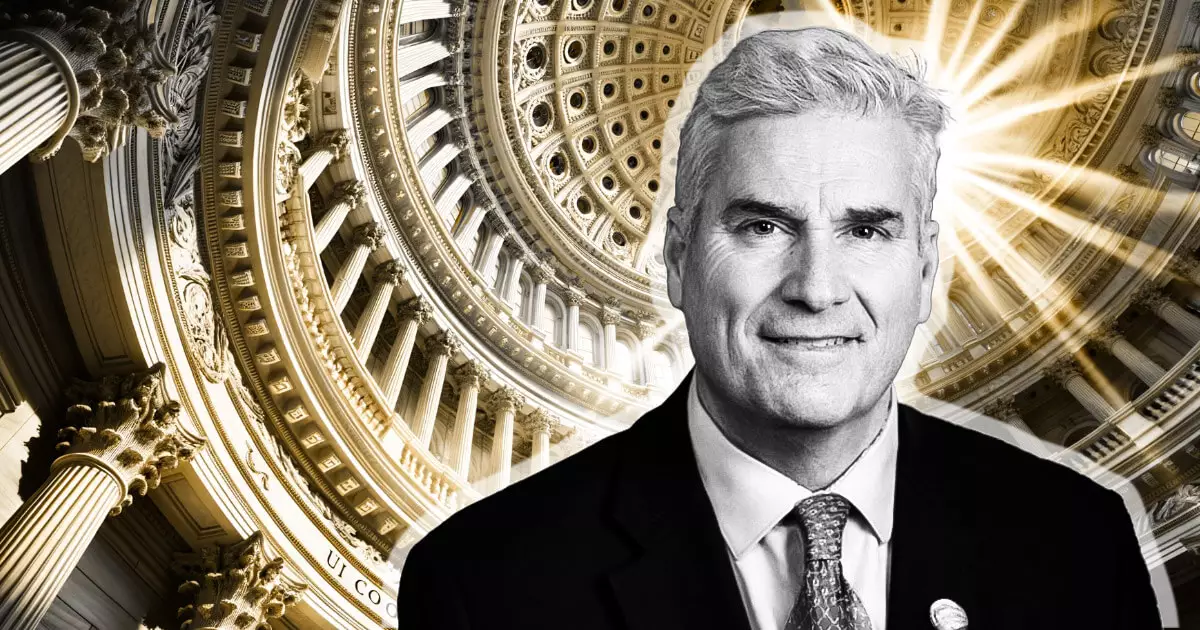The revival of the Securities Clarity Act by Congressman Tom Emmer and Rep. Darren Soto on March 26 marks a significant stride toward resolving the murky waters of digital asset regulation. The legislation seeks to clarify the distinction between “investment contracts” and the digital assets they are tied to, a classification muddled by outdated frameworks. This is not merely a bureaucratic adjustment; it’s a crucial inflection point for innovation in a sector that’s been stifled by uncertainty. For many entrepreneurs in blockchain and crypto, the lack of clear definitions has been a formidable barrier. Emmer’s highlight of this issue reveals a profound understanding of the current landscape, as it enables start-ups to assess risks more accurately and, ultimately, propel innovation forward.
Economic Growth Through Clear Terminology
It’s easy to overlook how critical straightforward regulations are to economic progress, especially in rapidly evolving fields like digital assets. The introduction of the term “investment contract asset” not only dissects critical components of financial instruments but also paves the way for a new regulatory environment that is adaptive. This adaptability is essential for allowing assets to transition to greater utility. With clear definitions in place, entrepreneurs can innovate without the omnipresent threat of regulatory repercussions hanging over their heads. Soto’s comments on the necessity of predictable rules solidify this point, demonstrating how clarity can facilitate a symbiotic relationship between oversight and innovation, which is often cited as essential for sustainable economic growth.
The Ripple Effects of Congressional Momentum
The reintroduction of this act occurs in a climate where lawmakers are increasingly recognizing the importance of modernizing the regulation of digital assets. In a time when global competitors are advancing their frameworks, the United States risks being left behind if it fails to adapt. The bipartisan support indicated by its previous inclusion in the FIT21 Act illustrates that this is not merely a partisan issue, but a collective acknowledgment of the consequences of inaction. By positioning the Securities Clarity Act as a foundational element within a broader legislative strategy, lawmakers are not just safeguarding American innovation; they are asserting that the US can and should remain a leading force in the blockchain arena.
Cutting Through Bureaucratic Red Tape
For too long, the clash of jurisdiction between the SEC and the Commodity Futures Trading Commission (CFTC) over digital assets has been a barrier to progress. The Securities Clarity Act aims to draw clearer lines between these regulatory bodies, thus eliminating confusing overlaps and allowing for streamlined governance. This effort has the potential to transform the current regulatory environment from a quagmire into a well-structured system that encourages transparency and consumer protection. This is a bold move that reinforces the principle that regulatory clarity can coexist with rigorous oversight—a delicate balance that many assume is unattainable.
A Call to Action for All Stakeholders
As citizens, investors, and innovators, we should rally behind initiatives like the Securities Clarity Act. The fate of an emerging technology sector hinges on how well we can adapt our regulatory frameworks to address contemporary realities. This is not simply a legislative formality; it is a chance to cultivate an ecosystem where innovation can thrive alongside responsible governance. It’s imperative that stakeholders at all levels—from entrepreneurs to regulators—recognize and support this transformative opportunity to secure America’s position as an epicenter of technological advancement. Uniting behind this act could very well be the turning point that liberates our digital economy from the chains of obsolescence.

















Leave a Reply